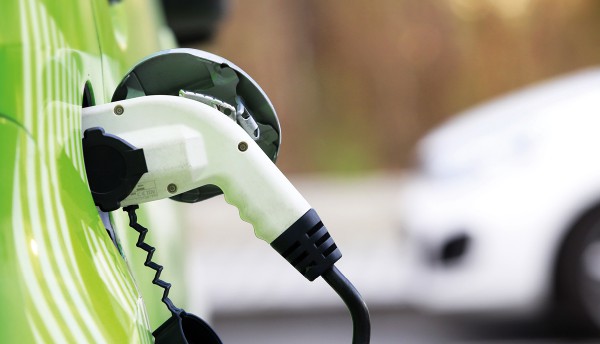
US automaker looking at other transportation services which offer tremendous growth potential
Ford has outlined its forward vision and strategy at an Investor Day conference, Dearborn, Michigan (United States). Key strategic priorities were laid out by senior management of the US automaker at the conference centered on three elements: fortify profit pillars, transform underperforming areas (luxury and Lincoln performance, small vehicles and emerging markets), and grow emerging businesses (electrification, autonomy, mobility). The strategy around emerging business is likely to have the greatest implications for the automotive supply base.
In the autonomous vehicle space, along with the revenue potential from commercialising the vehicles and technology, Ford wants to get into transportation as a service (TaaS) and vehicle management as a service (VMaaS). As the driver is eliminated, Ford estimates the approximate cost per mile of TaaS to drop from USD2.50 per mile to about USD1.00 per mile with autonomous vehicles providing TaaS. While acknowledging that it is too early to be certain, the company sees the opportunity for the change to result in an even larger vehicle fleet, with vehicles seeing much higher use and needing to be replaced at a much faster pace than today. Initially, as with other automakers, Ford expects the autonomous deployment will be in geo-fenced areas, with corridors. Ford expects that its position as a leading OEM in autonomous vehicles will enable it to lead commercialisation of the vehicle type.
Ford has also already announced elements of its plans to lead development and application of fully autonomous vehicle technology and to develop a business around it. By 2021, the company will have Level 4 (according to the SAE standards organisation's definition) autonomous vehicles available for ride-sharing and ride-hailing fleets, with Fields recently saying he believes sales to private buyers could begin in the middle of the decade. During the presentation, Ford stated that it believes autonomous vehicles might account for up 10% of all vehicle miles travelled and 20% of vehicle sales by 2030, compared with 2% and 5%, respectively, in 2025.
Electrified solutions are now part of the core vehicles business, and there is an expectation that autonomous vehicles are most likely to use electrified powertrains. Accordingly, Ford plans to become a top player in electrified solutions, and has already announced plans to invest USD4.5 billion in electric vehicle (EV) technology. Ford believes the cost of ownership of EVs will decrease, on scale and technological advantages, while the cost of ownership for internal combustion engines will increase, on regulatory and rising fuel costs. Ford expects EV adoption will increase as barriers come down − EV costs will come down, the number of offerings will go up, infrastructure will improve, and consumer education will improve and drive demand up. Ford believes the cost of battery cells, a significant issue so far, will go from USD120 in 2020 to USD95 in 2025, and then to USD85 for an advanced lithium-ion battery and USD75 for a post-lithium-ion battery in 2030.
Ford is working on technology platforms to support both ownership and shared usage models − changing the group's management and business model from focusing on how many vehicles it builds and sells, to how it can also provide the services surrounding vehicles and mobility. Specifically, Ford is working on connectivity, data/yield management, autonomy, and financial technology platforms to drive its efforts here. Eventually, Ford wants to look at the potential for vehicle management as a service, saying that it believes that the addressable market may reach USD100−400 billion between 2025 and 2030, compared with a connected telematics services market amounting to USD25−50 billion during the same period. Additionally, in expanding the company's field of business vision, Ford believes its mobility orientation will range from walking, biking and autos to shuttles and buses − but the company will stay out of the aerospace and spaceship industries.
While Ford is evolving from an auto company to an 'autos and mobility' company, it is not slowing down or walking away from its core business. A plan was laid out for forward motion, with the company expected to continue to rely on its truck and SUV strengths, and to improve its efficiencies in small cars for stronger and more profitable offerings. Ford reconfirmed its plans to shift its small-car production from the US to Mexico, a move the automaker has been indicating for more than a year. The move is expected to impact production of models like Focus and C-Max in the US. However, with more products planned for the plant that currently builds the Focus, the change will not result in a reduction in overall production.
While Ford believes that 20% of global vehicle sales will be autonomous vehicles by 2035, and has a clear and robust strategy for being part of that market, the company's estimates indicate that 80% of transportation solutions will be met by traditional automobiles. The strategy is designed to ensure that this business remains strong and the core of the company.
Stephanie Brinley
Senior Analyst, Automotive, IHS Markit